 Movies and TV
Movies and TV  Movies and TV
Movies and TV  Humans
Humans 10 Times Scientists Were Absolutely Sure… and Absolutely Wrong
 Our World
Our World 10 Pivotal Moments for Life on Earth
 Movies and TV
Movies and TV 10 Most Realistic Medical TV Shows of All Time
 Creepy
Creepy 10 Eerie & Mysterious Ghosts of the Pacific Coast
 Weird Stuff
Weird Stuff 10 Typos That Accidentally Changed History
 History
History 10 Times Trickery Won Battles
 Technology
Technology 10 Awesome Upgrades to Common Household Items
 Misconceptions
Misconceptions 10 Hilarious (and Totally Wrong) Misconceptions About Childbirth
 Weird Stuff
Weird Stuff 10 Warning Labels That Exist Because Someone Actually Tried It
 Movies and TV
Movies and TV 10 Zombie Movies That Will Actually Terrify You
 Humans
Humans 10 Times Scientists Were Absolutely Sure… and Absolutely Wrong
 Our World
Our World 10 Pivotal Moments for Life on Earth
Who's Behind Listverse?

Jamie Frater
Head Editor
Jamie founded Listverse due to an insatiable desire to share fascinating, obscure, and bizarre facts. He has been a guest speaker on numerous national radio and television stations and is a five time published author.
More About Us Movies and TV
Movies and TV 10 Most Realistic Medical TV Shows of All Time
 Creepy
Creepy 10 Eerie & Mysterious Ghosts of the Pacific Coast
 Weird Stuff
Weird Stuff 10 Typos That Accidentally Changed History
 History
History 10 Times Trickery Won Battles
 Technology
Technology 10 Awesome Upgrades to Common Household Items
 Misconceptions
Misconceptions 10 Hilarious (and Totally Wrong) Misconceptions About Childbirth
 Weird Stuff
Weird Stuff 10 Warning Labels That Exist Because Someone Actually Tried It
Top 10 Problems with Interstellar Travel
The stars above us are a beauty that men have fashioned whole mythologies around. They are truly a sight to behold, and now that we have extended our reach to the moon, the natural progression is that we might want to travel to the stars. Such travel is a basic part of countless science fiction stories and films, and many might come away with the impression that interstellar travel is an easy task, perhaps just around the corner for the wit of man. Sadly, there are a few serious problems which must be addressed first.
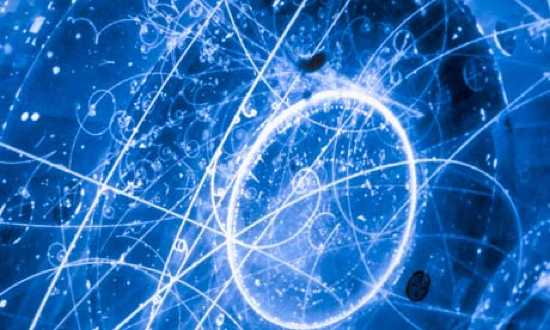
Many stories include zany explanations of how faster-than-light travel is possible. The reality is that physics prevents this. There are no cheats. Even close-to-light travel runs into all sorts of interesting relativistic problems involving mass and energy. Our only possibility is to use wormhole portals. Such a wormhole would have to be carefully controlled, which is beyond our present capabilities, and we would have to somehow manage to create a twin wormhole far off at our desired destination, which might require someone else at the other end. Needing someone else to be there beforehand is not feasible for the first interstellar flight. Worse, the physical effects of traveling through a permanent or semi-permanent wormhole would warp and destroy any matter. You would arrive at your destination as a plasma.
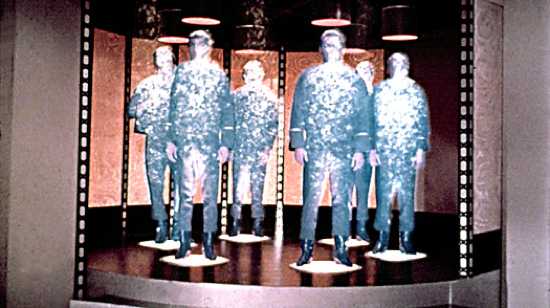
Classic teleportation involves a person activating a device and vanishing only to reappear simultaneously at their destination. This is not quite as straight-forward as it first appears. The teleported person’s atoms are disassembled in the teleport machine, physically transferred to their destination, and reassembled. The reassembly alone requires a machine to already be at the location, as there are physical laws which do not permit us to manipulate matter at such a fine level over the vast distances between stars. So teleportation could only be to places which had already been visited. The reassembly is currently beyond us, but might be possible. The atoms would still have to travel to another star, which might be faster than traveling as a body, but would still take years at least. The closest star to the sun is four light years away, so anything sent would take longer than four years to get there. Alternatively, the reassembling machine could have a store of atoms from which to assemble the person, but this is in essence creating a copy and destroying the original. Many people would not be comfortable with this.

If faster-than-light travel is impossible or impractical, we might look towards generation ships. Even though our nearest star takes light only four years to reach, heavy objects would take much longer. Most stars would take hundreds of years to reach at least. Generation ships are designed for a population to live in for generations until the destination is reached by the descendants many years later. There are several problems with a generation ship. The descendants might forget the original purpose of the mission as it fades into legend over the years. A cleverly-designed computer system might be able to educate people born on the ship to avoid this, but it still becomes increasingly difficult to predict what might occur as the generations pass. If there is a problem with the ship, a population which has descended into savagery over the centuries will be helpless.
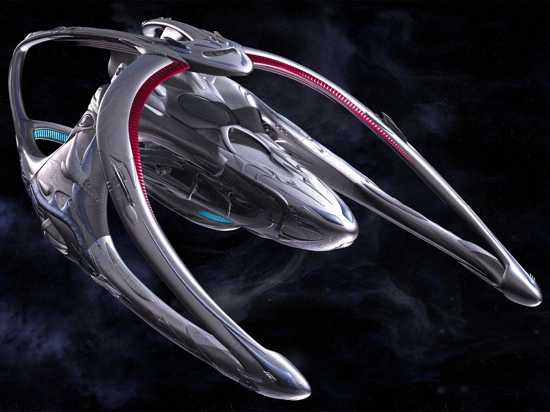
To remove as much uncertainty as possible in generation ships, egg ships could be used. These would carry frozen fertilized human eggs which would be nurtured by carefully designed machines, acting as wombs, parents, and educators. The eggs would be grown into humans when the distant star or planet is reached, and computers would teach them all they needed to know about their mission, how to survive, and what to do. Designing care-giving machines that would not emotionally stunt the new humans is well beyond us at the moment, but perhaps not impossible in the future. However, like the generation ship, an egg ship does not help the individual who wants to travel to the stars himself or herself. Waiting for artificially-raised humans to live the dream of reaching the stars long after you have died is unacceptable to many people.

An alternative to a generation ship is to genetically enhance people to live for hundreds or thousands of years so that they could make the journey in their lifetime, assuming the current problems of living in space were solved. Longevity and immortality are both subjects of much scientific research, but their biggest obstacle is telomeres. Telomeres are sections on the ends of your DNA which are cut slightly shorter each time your cells divide. Eventually the telomeres’ lengths are eaten away, and your cells begin damaging their own vital DNA as they divide. This means that our own DNA limits the number of cell divisions we can make. Cells divide to replace old or damaged cells, such as when you brush your skin on something or the constant replacing of your stomach lining cells due to the high acidity in the stomach. The answer seems to be in keeping telomeres long, but generally the only adult cells which can do this are cancerous.

When longevity and using another generation are not possible, many films and stories use humans kept in suspended animation to explain long trips. People would not be able to age in such a state, or would age very slowly, and it would be much like hibernation. Unfortunately, telomeres again present a problem. Our bodies always contain a small number of radioactive elements. These emit tiny amounts of radiation, which are harmless because our cells continually replace damaged ones. If a person does not age in stasis, then their telomeres cannot be shortening and so their cells cannot be dividing. It follows that any radioactive elements would cause permanent damage to the body, and if given enough time, could result in death. Even slow aging would not keep up with radioactive damage over long periods of time. We need our cells to divide at a normal rate.
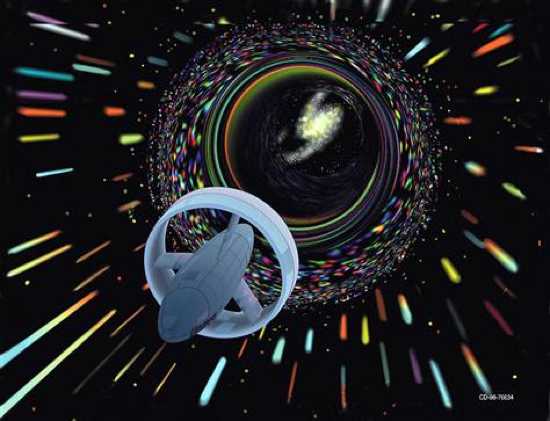
Even if the human problems of traveling to other stars were solved, there remains the issue of propulsion. A traditional system involves burning fuel or reaction mass, but to reach another star, impractically vast quantities would be needed. One solution is to pick up fuel along the way. In the space between stars, there are not convenient asteroids and planets to land on and mine for fuel. Luckily, space is not quite a vacuum, and there exist tiny atoms scattered far apart, mostly hydrogen. Going at a fast speed, these atoms could gathered and used at fuel in an efficient reaction such as fusion (presuming we achieve fusion someday). To collect them, a huge scoop is needed, and conservative calculations put it at least 2000 square km in area, which would cripple the ship with its drag and limit the speed to being slower than the space shuttle. This system is also calculated to be horrendously inefficient and not viable considering that our sun is placed in a sparse region of space, providing a poor fuel source.
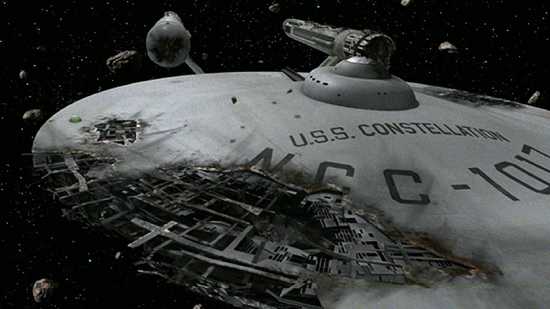
Our closest stars are Alpha Centauri, four light years away. Traveling at standard car speed, 60km/h, this would take 72 million years to reach. Even overcoming all of the above arguments, such a time frame is impossible due to natural wear and decay, let alone the almost zero probability of arriving at all after such a long time. Speed is needed, even if it is limited by the speed of light. Due to the tiny atoms scattered throughout space, any ship traveling at speed will be impacted by them with such force that they would tear through even the strongest steel. Tiny pinholes going right through a ship are hardly a good thing. Two options remain: humans or machines constantly patch the damage, which would require impractically large amounts of repair material to be brought, or the ship is made of elastic material which self-heals. The good news is NASA has done research into such materials. The bad news is that they do not think them feasible.
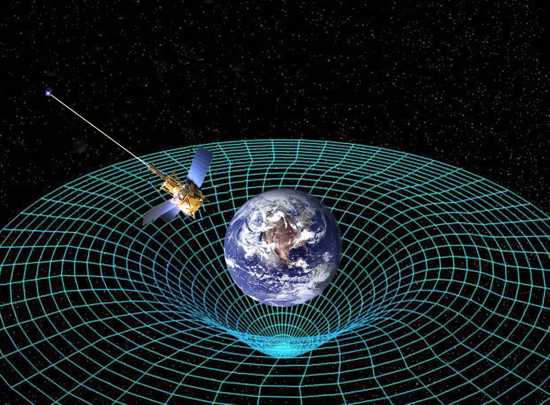
The structure of our bodies actually depends on gravity. When humans do not live in normal Earth gravity, our bodies begin to suffer. After a few weeks or months our bones become brittle and our muscles fatigue, with much more unpleasant long-term effects. These can be combated somewhat with various exercises and diets, but after years or decades in space the human body becomes permanently damaged. Even for relatively short flights, eyesight deteriorates so badly that NASA consider it a major boundary needed to be overcome before undertaking manned missions to Mars. Rather than living in weightlessness, acceleration from gravity can be induced by rotating the spaceship quickly. Unfortunately, this requires huge amounts of energy and fuel, and causes nausea in the short-term. The long term effects have not been studied but are considered poor.
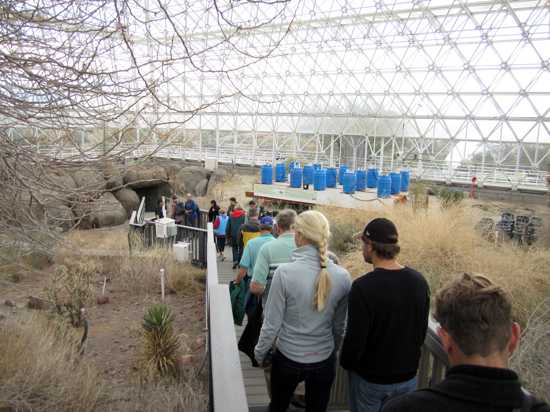
Any humans living on a ship for long periods of time need life-support. They need to eat, drink, breathe, urinate, excrete, wash, and sleep. Many of these have been addressed in space flights already made. However, on longer journeys, the amount of food and water needed becomes too large to take. The most probable solution is to make the ship into a self-contained ecosystem. Plants could produce air, be eaten, and consume human wastes. Any ecosystem is slightly inefficient, but it could still possibly sustain itself long enough to reach the destination. The ship’s equipment would gradually decay from the various gases being recycled, but clever maintenance or new materials might circumvent this. The most efficient system would involve a single plant. Algae have been greatly researched for their potential, with the spirspiralingae being looked at most closely. It would take care of air, wastes, and food. It is not a complete source of nutrition in itself, and becomes toxic if contaminated or when eaten in large quantities, but genetic engineering could change that in the future.








